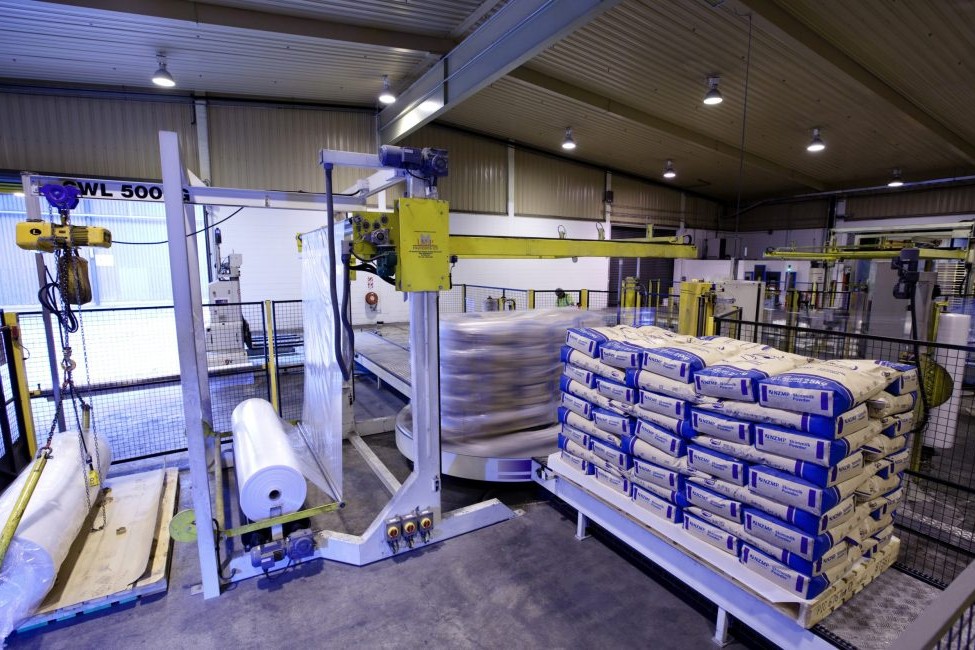Chris Neill
A pragmatic Todd Drinnan and his equally thoughtful brother-in-law Mike Eagle bought a 130-hectare dairy farm at Glorit 15 years ago. On the edge of the Kaipara Harbour, the property is half marine flats and half clay hills. The flats and hills each have their challenges, but the balance of country works well together.
For the first eight years the farm was operated as a beef unit in conjunction with 300ha of leased land on the hills. They were tempted back to dairy in 2012 and through the past seven years have engaged managers and contract milkers to operate the farm.
Peaking at 500 cows milked, Todd and Mike found it was too much for the land and people to cope with. In this last season with 250 spring-calving cows milked twice a day it has produced 90,000kg milksolids without any imported feed.
Kikuyu is an ongoing challenge, managed with annual 15ha cropping and regrassing, plus mulching and oversowing the balance of the flats. Cows are grazed off the waterlogged flats during winter, taking advantage of the drier hills of the lease block.
‘The flats are so wet from June to September you sink over the top of your Redbands and any machinery going into paddocks will be stuck until mid-October.’
“The flats are so wet from June to September you sink over the top of your Redbands and any machinery going into paddocks will be stuck until mid-October,” Todd said.
Financial return and pasture management on the flats through this wet period comes from grazing lambs without causing pugging. With the planned start of calving in mid-July, the hills and lease block are critical to the farm’s dairy operation.
Farming is business for Todd and Mike. They expect a return on their investment of capital and time and will look beyond business as usual for opportunities.
Todd and Mike are not fully convinced that economically and environmentally dairying is the best use of this land, so mitigation or change is required. Part of this is protecting and enhancing their property with riparian planting.
In conjunction with the Rodney Healthy Harbours and Waterways Fund they have fenced off a two-hectare wetland, plus fenced and planted native trees on 5ha adjoining waterways with another 5ha to be done. As Todd explains, “the land was unusable for grazing and already we’re starting to see more bird life around the farm. We believe it’s the right thing to do – better for the land and water, therefore helping our business to be more sustainable.”
As might be expected, managing effluent is another challenge. A large pond with 120-day holding capacity gives storage from mid-July to mid-October when it’s too wet to irrigate shed effluent. When conditions allowed, effluent has been broken up with a stirrer in the pond and irrigated on some of the flat paddocks.
When hearing about microbial introduction to manage the effluent accumulating under salmon farms from Dave Loughnan, Todd asked if this could work in a dairy effluent pond. Todd saw a possibility of improving the economics of dairy effluent recycling, and Dave has picked up and trialled the idea on Todd and Mike’s farm to develop Arid Bac dairy pond solutions. It is a process of introducing specific microbial activity to break down accumulated solids in effluent so it can be more readily dispersed.
In Todd’s view, the introduction of these specific microbes to their storage pond has broken up the accumulated solids in the pond and reduced the concentration of E. coli. This has reduced and potentially eliminates the need for stirring the pond and produces a liquid for irrigation which will pass through K Line irrigators with rare blockages. Consequently, he is now able to irrigate a larger area of flat and some hills at lower application rates, with less effort and hopefully stimulating more pasture growth, while the lower E. coli content reduces the risk of water way contamination.
The physical and financial benefits of additional pasture growth from this specific effluent management system are yet to be quantified, as are the environmental benefits of reduced e. coli concentration.
At an estimated total annual cost of $2500 for the treatment Todd sees the benefits in cost saving and pasture growth make it better than cost neutral.
“I wouldn’t be standing here talking to you if I didn’t believe it was making a difference”.





